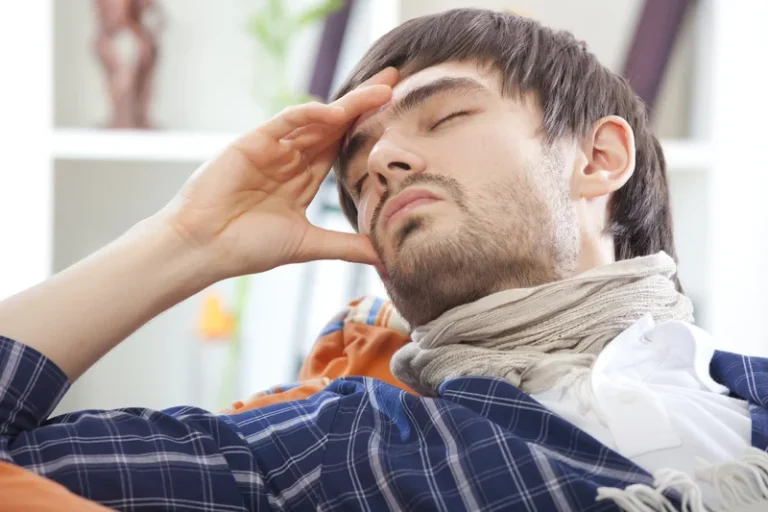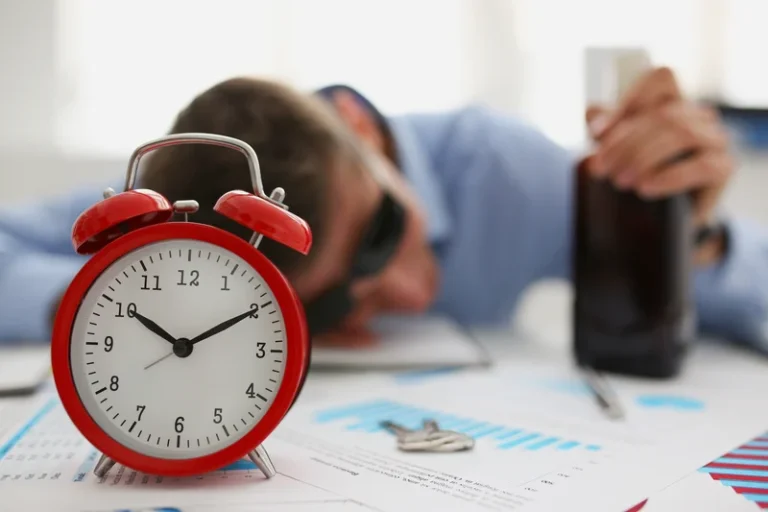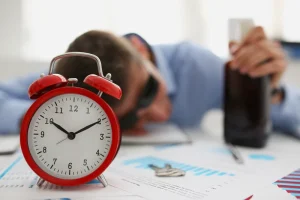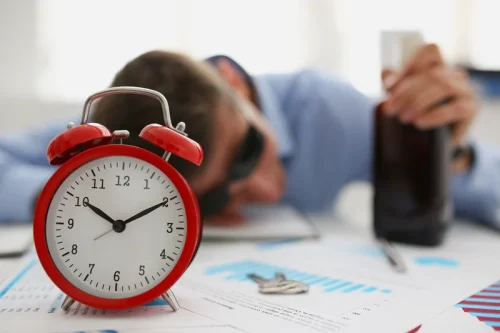
This thought process can be a useful mental tool when the physical pain of withdrawal is most severe. The craving for alcohol may be a persistent challenge during and after withdrawal. There will be multiple points throughout the process where you will be tempted to drink. It’s helpful to think of your craving as a wave; Cravings build, peak, crash and dissipate.
You’ll Sleep Better
However, try not to have too many firm expectations, as symptoms can continue for multiple weeks in some people. Alcohol withdrawal symptoms range from mild but annoying to severe and life-threatening. Toxicology screening is typically done with a blood or urine sample, and can also indicate if any other substances are in your body. If you’re receiving inpatient treatment, your doctor may perform toxicology screens more than once to monitor your alcohol levels. Contact your doctor right away if you’re concerned about the symptoms you’re experiencing during alcohol withdrawal.
MODERATE SYMPTOMS (CIWA-AR SCORE OF 10 TO 18 OR SAWS SCORE GREATER THAN
Unstable vital signs increase the risk of complications and can be managed with medications. People who experience severe withdrawal symptoms or DTs may require hospitalization or intensive care unit (ICU) treatment during alcohol. Severe and complicated alcohol withdrawal requires treatment in a hospital — sometimes in the ICU. While receiving treatment, healthcare providers will want to monitor you continuously to make sure you don’t develop life-threatening complications.
How Long Does Withdrawal Last?
Carbamazepine works by slowing down electrical signals in the brain that can cause symptoms. It may also reduce the activity of glutamate, an amino acid that has been shown to play a role in withdrawal. Gabapentin works by increasing levels of GABA in the brain to alleviate symptoms. This is yet another autonomic nervous system response to alcohol withdrawal. Tremors often affect the hands but can occur elsewhere in the body as well, according to the U.S.

- At times, it’s easy to forget why you entered recovery in the first place.
- Withdrawal from alcohol can be dangerous, and the CIWA protocol is an effective way to manage the symptoms of withdrawal.
- Over time, your central nervous system adjusts to having alcohol around all the time.
- Take our free, 5-minute alcohol misuse self-assessment below if you think you or someone you love might be struggling with an alcohol use disorder (AUD).
- People who experience severe withdrawal symptoms or DTs may require hospitalization or intensive care unit (ICU) treatment during alcohol.
Take our free, 5-minute alcohol misuse self-assessment below if you think you or someone you love might be struggling with an alcohol use disorder (AUD). The evaluation consists of 11 yes or no questions that are intended to be used as an informational tool to assess the severity and probability of an AUD. The test is free, confidential, and no personal information is needed to receive the result. Remember you are facing a difficult challenge during alcohol withdrawal, but you are not alone.

Because alcohol is a depressant, drinking suppresses the ‘fight or flight’ response in your brain and nervous system. The Food and Drug Administration (FDA) has approved three medications to treat alcohol dependence. Of those who develop seizures, about 3 percent may have a more serious type of seizure called status https://ecosoberhouse.com/ epilepticus. Like hallucinations, they often appear within 24 hours after your last drink. Join our supportive sober community where each day becomes a step towards personal growth and lasting positive change.

It’s much better to focus on something you enjoy than to alcohol withdrawal focus on the discomfort of your withdrawal symptoms. Addiction tends to make everything else in life seem less enjoyable. Music you used to love may no longer have the same draw while you are using alcohol.







